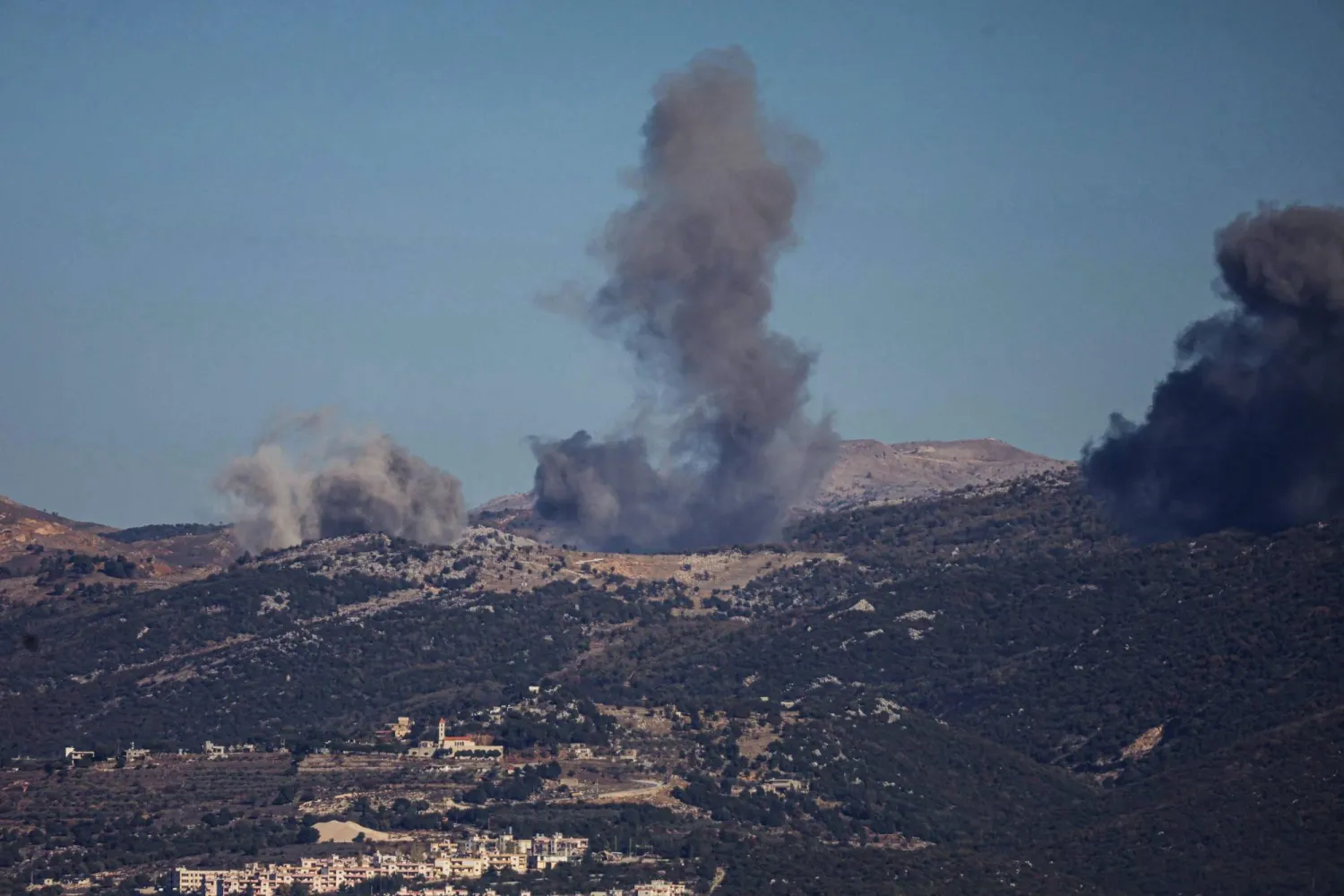Amid freezing temperatures and heavy rain in war-torn central Gaza's Deir al-Balah, displaced Palestinian father Tayseer Obaid resorted to digging for a semblance of comfort.
In the clay soil of the encampment area where his family had been displaced by the war, Obaid dug a square hole nearly 2 meters deep and capped it with a tarpaulin stretched over an improvised wooden A-frame to keep out the rain.
“I had an idea to dig into the ground to expand the space as it was very limited,” Obaid said.
“So I dug 90 centimeters, it was okay and I felt the space get a little bigger,” he said from the shelter while his children played in a small swing he attached to the plank that serves as a beam for the tarpaulin.
In time, Obaid managed to dig 180 centimeters deep and then lined the bottom with mattresses, at which point, he said, “it felt comfortable, sort of.”
With old flour sacks that he filled with sand, he paved the entry to the shelter to keep it from getting muddy, while he carved steps into the side of the pit, AFP reported.
The clay soil is both soft enough to be dug without power tools and strong enough to stand on its own.
'Freezing to death'
For warmth, Obaid dug a chimney-like structure and fireplace in which he burns discarded paper and cardboard.
In front of the fireplace, his children rub their hands together, trying to find some warmth.
The pit provides some protection from Israeli air strikes, but Obaid said he feared the clay soil could collapse should a strike land close enough.
“If an explosion happened around us and the soil collapsed, this shelter would become our grave,” he said.
Nearly all of Gaza’s 2.4 million inhabitants have been displaced by the war that has ravaged the Palestinian territory for over 14 months.
The UN’s satellite center (UNOSAT) determined in September 2024 that 66% of Gaza’s buildings had been damaged or completely destroyed by the war, in which Israel has made extensive use of air strikes as it fights Hamas.
For Palestinian civilians fleeing the fighting, the lack of safe buildings means many have had to gather in makeshift camps, mostly in central and southern Gaza.
Shortages caused by the complete blockade of the coastal territory mean that construction materials are scarce, and the displaced must make do with what is at hand.
On top of the hygiene problems created by the lack of proper water and sanitation for the thousands of people crammed into the camps, winter weather has brought its own set of hardships.
On Thursday, the UN’s Palestinian refugee agency, UNRWA, warned that eight newborns died of hypothermia and 74 children died “amid the brutal conditions of winter” in 2025.
“We enter this New Year carrying the same horrors as the last — there’s been no progress and no solace. Children are now freezing to death,” UNRWA’s spokeswoman Louise Wateridge said.
More than 45,000 Palestinians, a majority of them civilians, have been killed in Israel’s military campaign in Gaza since the war began, according to data provided by the health ministry. The United Nations has acknowledged these figures as reliable.
The October 7 attack that triggered the war resulted in the deaths of 1,208 people on the Israeli side, most of them civilians, according to an AFP tally based on official Israeli figures, which includes hostages killed in captivity.









